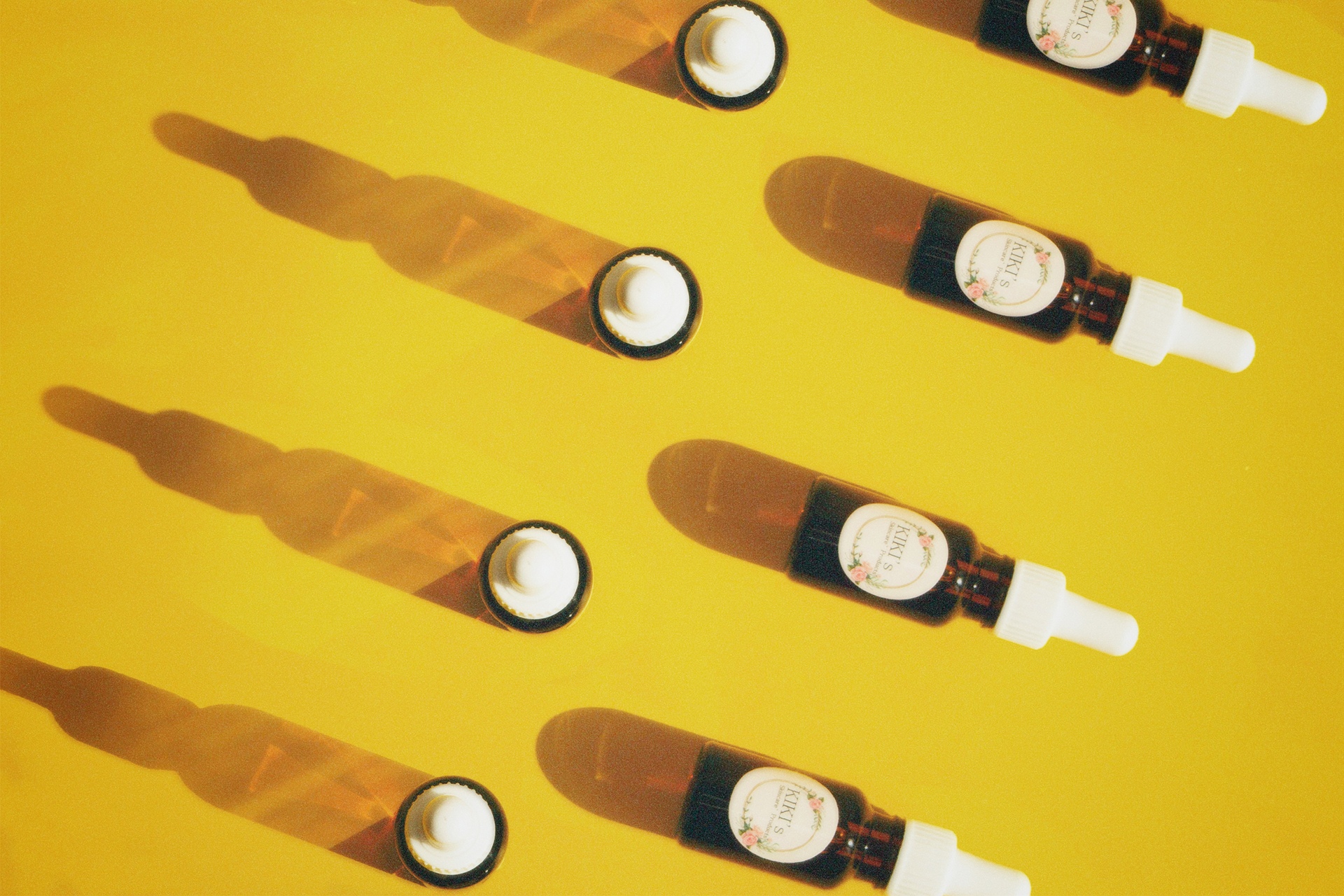CoolSculpting, a revolutionary non-surgical fat reduction treatment, has been making waves in the world of aesthetic medicine. This innovative procedure, also known as cryolipolysis, promises to eliminate stubborn fat deposits without the need for surgery or downtime. But does CoolSculpting really work? As a skincare expert and medical aesthetician, I’ll delve into the science behind CoolSculpting, explore its effectiveness, and discuss what you can expect from this popular fat-freezing treatment.
Understanding CoolSculpting
What is CoolSculpting?
CoolSculpting is a non-invasive fat reduction treatment that uses controlled cooling to freeze and eliminate fat cells. Developed by Harvard scientists, this FDA-approved procedure targets areas of the body where stubborn fat tends to accumulate, such as the abdomen, thighs, love handles, and chin. The science behind CoolSculpting is based on the observation that fat cells are more susceptible to cold temperatures than other types of cells. By exposing fat cells to precise cooling, they undergo a process called cryolipolysis, where they are crystallized, damaged, and eventually eliminated by the body’s natural processes.
How Does CoolSculpting Work?
During a CoolSculpting treatment, a specialized applicator is applied to the targeted area. The applicator delivers controlled cooling to the fat cells beneath the skin, while the surrounding tissues remain unharmed. As the fat cells are exposed to the cold, they crystallize and trigger a process of natural cell death, known as apoptosis. Over the following weeks and months, the body’s lymphatic system gradually flushes out the damaged fat cells, resulting in a noticeable reduction of fat in the treated area.
The Effectiveness of CoolSculpting
Clinical Studies and Results
Numerous clinical studies have demonstrated the effectiveness of CoolSculpting in reducing fat. According to research published in the Journal of Clinical, Cosmetic, and Investigational Dermatology, CoolSculpting can reduce fat in the treated area by up to 25% after a single session. Another study published in Lasers in Surgery and Medicine reported that 86% of patients saw significant improvement in the treated area and were satisfied with their results.
Ideal Candidates for CoolSculpting
CoolSculpting is most effective for individuals who are close to their ideal weight but have localized fat deposits that are resistant to diet and exercise. It is not a weight-loss solution for obesity, but rather a body contouring treatment. Ideal candidates are those who have realistic expectations, are in good health, and maintain a healthy lifestyle. Areas commonly treated with CoolSculpting include the abdomen, flanks, thighs, bra fat, back fat, underneath the buttocks (also known as the banana roll), and upper arms.
Areas Treated by CoolSculpting
CoolSculpting can target multiple areas of the body where stubborn fat tends to accumulate:
- Abdomen: Ideal for reducing belly fat that persists despite diet and exercise.
- Flanks (Love Handles): Effectively slims down the sides of the waist.
- Thighs: Targets both inner and outer thigh fat for a more contoured appearance.
- Chin and Neck: Reduces the appearance of a double chin and improves jawline definition.
- Upper Arms: Minimizes fat in the upper arms for a toned look.
- Back and Bra Fat: Addresses bulges that occur around the bra line and back.
What to Expect During a CoolSculpting Treatment
The Procedure
A CoolSculpting session typically lasts between 35 minutes to an hour, depending on the size and number of areas being treated. Here’s a step-by-step overview of what you can expect during the procedure:
- Consultation: Your journey begins with a consultation where a trained CoolSculpting provider assesses your goals, examines the areas of concern, and determines if you’re a good candidate for the treatment.
- Preparation: On the day of your treatment, you’ll be positioned comfortably, and a gel pad is applied to the targeted area to protect your skin from the cold.
- Application: The CoolSculpting applicator is then placed on the treatment area, and the controlled cooling process begins. You may feel intense cold initially, followed by numbness in the treated area.
- Treatment: During the procedure, you can relax, read, work on your laptop, or even take a nap. The device does all the work while you remain comfortable.
- Massage: After the applicator is removed, the treated area is massaged for a few minutes to break up the frozen fat cells and enhance the fat reduction process.
Recovery and Downtime
One of the most appealing aspects of CoolSculpting is that it requires little to no downtime. Most patients can return to their normal activities immediately after the procedure. You might experience some redness, swelling, bruising, or numbness in the treated area, but these side effects are generally mild and temporary.
Results and Timeline
Results from CoolSculpting are not immediate. It takes time for the body to naturally eliminate the damaged fat cells. Most patients start to see changes as early as three weeks after the treatment, with optimal results typically visible after two to three months. The body will continue to flush out fat cells for up to six months after the procedure.
Pros and Cons of CoolSculpting
Pros
- Non-Invasive: CoolSculpting is a non-surgical treatment that requires no incisions, anesthesia, or recovery time.
- Effective: Clinical studies and patient testimonials confirm its effectiveness in reducing stubborn fat.
- Quick and Convenient: Each session is relatively short, and you can return to your daily activities immediately after treatment.
- Minimal Discomfort: Most patients experience minimal discomfort during and after the procedure.
- Long-Lasting Results: Once the fat cells are eliminated, they do not return. Maintaining a healthy lifestyle can ensure long-lasting results.
Cons
- Gradual Results: Unlike surgical fat reduction, CoolSculpting results take time to become visible, which may require patience.
- Mild Side Effects: Some patients may experience temporary side effects such as redness, swelling, bruising, or numbness.
- Not for Significant Weight Loss: CoolSculpting is not a solution for obesity and is best suited for targeting specific areas of stubborn fat.
- Multiple Sessions: Depending on the desired outcome and the amount of fat to be treated, multiple sessions may be necessary.
Comparing CoolSculpting to Other Fat Reduction Methods
CoolSculpting vs. Liposuction
Liposuction is a surgical procedure that removes fat through a suction technique. While both CoolSculpting and liposuction aim to reduce fat, they have significant differences:
- Invasiveness: Liposuction is an invasive surgical procedure, while CoolSculpting is non-invasive.
- Downtime: Liposuction requires a recovery period, whereas CoolSculpting has little to no downtime.
- Results: Liposuction provides immediate results, whereas CoolSculpting results develop gradually over several weeks.
- Risks: As a surgical procedure, liposuction carries higher risks of complications, while CoolSculpting has fewer associated risks.
CoolSculpting vs. Other Non-Invasive Treatments
Other non-invasive fat reduction treatments include radiofrequency (RF) and laser-based therapies. Here’s how CoolSculpting compares:
- Mechanism: CoolSculpting uses controlled cooling to freeze fat cells, while RF and laser treatments use heat to destroy fat cells.
- Comfort: CoolSculpting is generally well-tolerated with minimal discomfort, whereas RF and laser treatments may cause more heat-related discomfort.
- Results: All methods can be effective, but the choice depends on patient preference, specific areas of concern, and provider recommendations.
Is CoolSculpting Right for You?
Considerations Before Treatment
Before deciding on CoolSculpting, consider the following:
- Consultation: Schedule a consultation with a certified CoolSculpting provider to discuss your goals and determine if you’re a good candidate.
- Expectations: Have realistic expectations about the results. CoolSculpting can significantly reduce fat in targeted areas, but it’s not a weight-loss solution.
- Budget: Consider the cost of the procedure. Prices can vary based on the number of areas treated and the number of sessions required.
Choosing a Qualified Provider
Selecting a qualified and experienced CoolSculpting provider is crucial for achieving the best results. Look for:
- Certification: Ensure the provider is certified and trained in CoolSculpting.
- Experience: Choose a provider with a proven track record of successful treatments.
- Reputation: Read reviews and testimonials from previous patients to gauge satisfaction and results.
Conclusion
CoolSculpting offers a non-invasive, effective solution for reducing stubborn fat and contouring the body. With its proven safety and minimal downtime, it’s an attractive option for those looking to enhance their appearance without surgery. While it may not be suitable for everyone, many patients have achieved significant results and boosted their confidence through CoolSculpting. By understanding the procedure, its benefits, and its limitations, you can make an informed decision about whether CoolSculpting is the right choice for your body contouring goals. Remember, consulting with a qualified provider is the first step towards achieving the body you desire.




